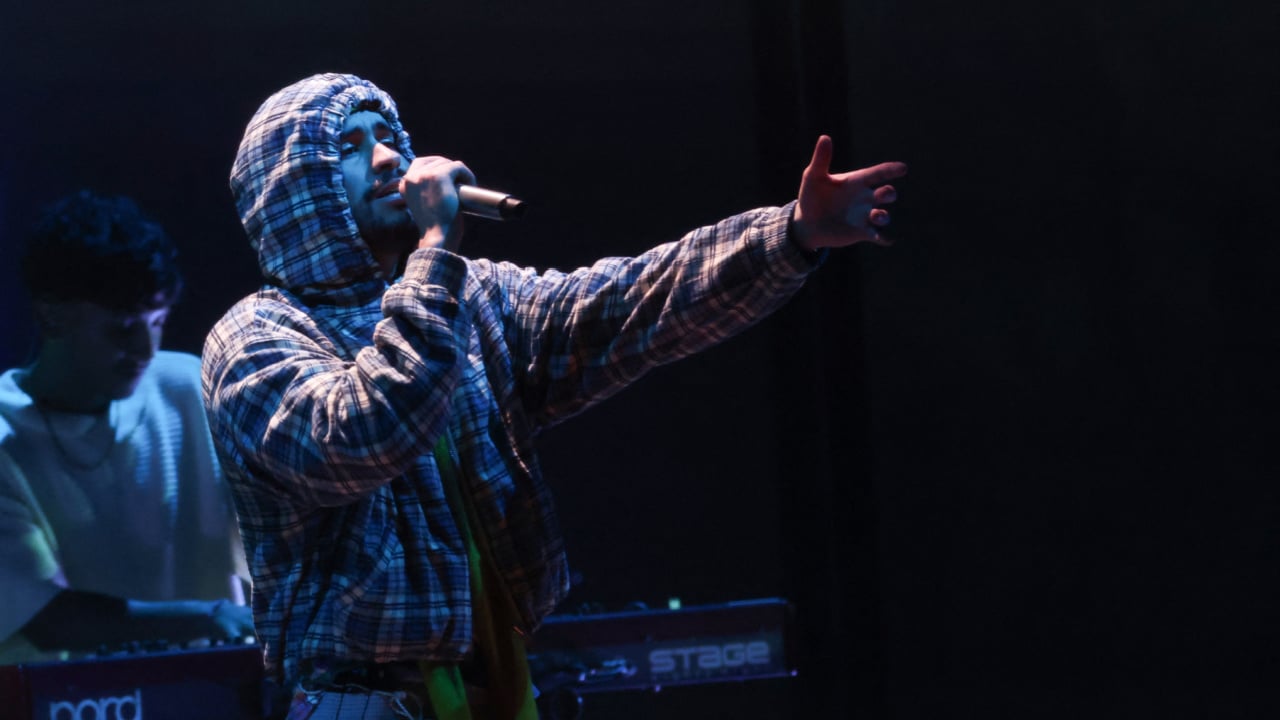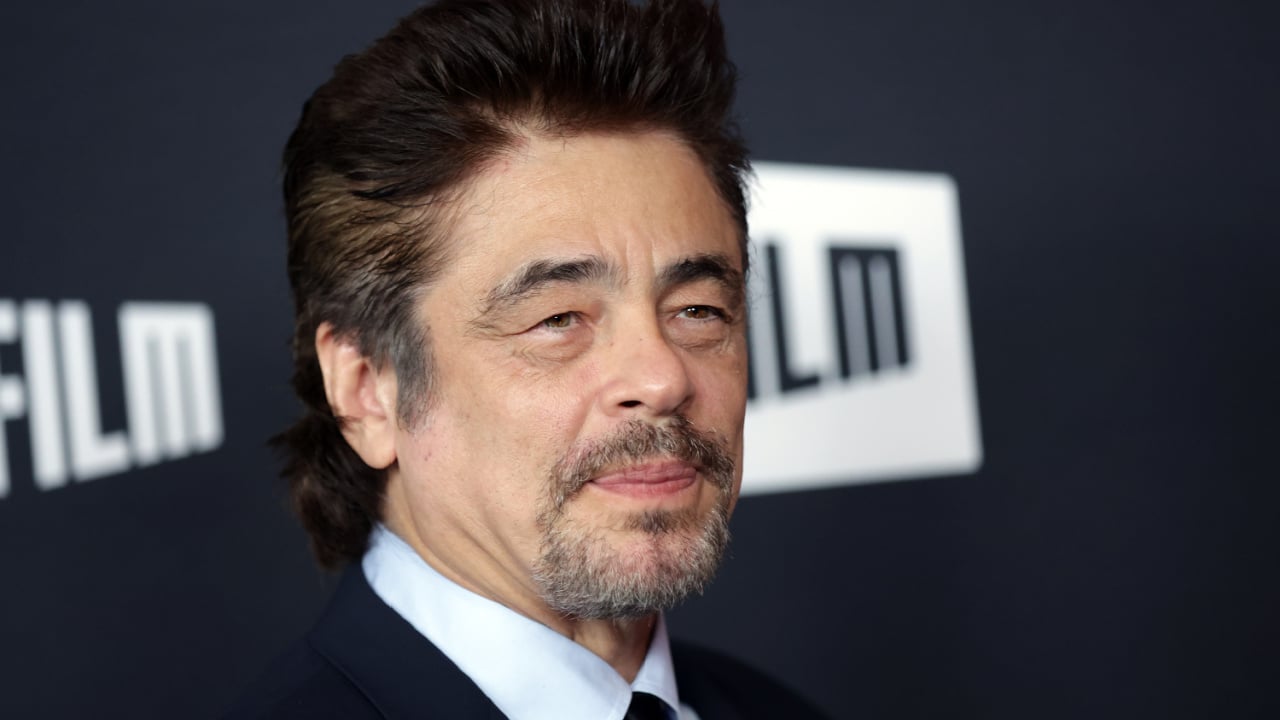Chicano Visionary Willy Chavarria Said, ‘This is Our América’—And New York Fashion Week Listened
New York Fashion Week (NYFW) has always been a stage for groundbreaking talent. But when Willy Chavarria’s América collection took the runway this season, it wasn’t just about the clothes. It was a statement. A love letter to the power of the people who have historically been overlooked, underappreciated, and erased from the American story. And as always, Chavarria put his Chicano roots front and center. He did so by reclaiming the narrative of what it means to be American—but with the accent over the “é.”
The rise of Willy Chavarria: A story rooted in resilience
Willy Chavarria’s journey from Fresno, California, to the heights of the global fashion scene reflects the essence of his designs—bold, unapologetic, and deeply rooted in the realities of working-class, immigrant America. Born to a Mexican-American father and Irish-American mother, Chavarria grew up in the agricultural heart of California. This shaped his worldview and design ethos. “I grew up around my grandparents and my father, who were very proud to be in this country, and to be Americans,” Chavarria told Wallpaper.
But it wasn’t just pride; it was resilience. Like many Latinos in the U.S., Chavarria witnessed firsthand the struggles of migrant laborers. Those experiences would fuel his passion for honoring the people who make America work. This commitment to representing the often unseen was evident in his América collection.
América: A celebration of the forgotten workers
During the second day of NYFW, Willy Chavarria transformed a Wall Street warehouse into a runway that paid tribute to the real America—our América. Models walked down the runway in reimagined work uniforms. Their outfits inspired by those worn by farm workers, hotel staff, and construction laborers—the very backbone of the country. Chavarria didn’t just craft garments. He crafted a tribute to the people who, as he put it, “make this motherfucker run.”
But what set the show apart wasn’t just its aesthetic. It was the message. As W Magazine highlighted, Chavarria’s designs were more than just clothes. They were an homage to democracy, a reminder of the fragility of the ideals America was built on. “My thought process was very much about, ‘What is America? What is it that makes America?’ And I started realizing that the people who really built the country are its backbone,” Chavarria explained.

Willy Chavarria brings Chicano pride to the global stage
Chavarria’s collection was also a celebration of his Chicano identity—a cultural influence that has permeated his designs for years. From zoot suits to oversized flannels, Chicano fashion has long been a staple of Mexican-American youth culture. As Hypebeast noted, many of today’s fashion trends—think oversized fits and bold statement pieces—can trace their roots back to Chicano culture. Chavarria takes these elements and elevates them. He then sends them down runways in front of the world’s elite, all while staying true to their working-class origins.
In fact, from oversized cargo pants to sculptural trousers adorned with keychains, every detail of the América collection was intentional. Chavarria’s designs echoed the aesthetics of Chicano style—clean lines, sharp tailoring, and an understated but undeniable sense of pride. “Cholos created the baggy pant,” Chavarria once said, a nod to the cultural appropriation of Chicano fashion in the industry. “It’s important to give credit to the source.”

When fashion meets politics
Willy Chavarria’s runway shows are never just about fashion; they’re political statements. Whether he’s casting only models of color or drawing inspiration from the United Farm Workers Movement, Chavarria seamlessly blends style with activism. “When I look at the United Farm Workers Movement and the Women’s Liberation Movement and the Civil Rights movement, it reminds me that we can make big changes when we come together,” he said, a sentiment that resonates now more than ever.
One of the show’s standout moments was when models appeared in wide-brimmed straw hats and bandanas, accessories synonymous with farm laborers. Behind them? An enormous American flag. In the hands of Chavarria, these uniforms—these symbols of struggle—became elevated, dignified, and powerful.
Chicano culture: From the hood to the runway
Chavarria’s work is deeply influenced by Chicano culture, which has long been a source of inspiration for fashion designers across the globe. As Hypebeast pointed out, from zoot suits in the 1940s to the baggy silhouettes of the 1990s, Chicano fashion has consistently shaped global trends. Yet, for decades, these styles were appropriated by designers who failed to acknowledge their roots. Chavarria, on the other hand, embraces his heritage and elevates it to high fashion.
“I always thought the best styles came from the hood,” Chavarria told Hypebeast. “There’s more originality in working with what you got.” His designs reflect this ethos—uncomplicated yet bold, understated yet luxurious. By using workwear as a foundation, Chavarria reclaims what it means to be stylish and proud of your roots.

A new era of fashion: Adidas x Willy Chavarria
In a surprise twist, Chavarria’s show also introduced a collaboration with Adidas, blending his unique Chicano-inspired tailoring with sportswear. This partnership felt natural, as Chavarria’s community has long embraced Adidas as part of their everyday uniform. Furthermore, the collaboration featured a reimagining of the Adidas Jabbar sneaker, originally designed for basketball legend Kareem Abdul-Jabbar in 1978. In Chavarria’s hands, the sneaker became a sharp, pointy-toe style—an innovative blend of Chicano style and athletic functionality.
Looking forward: Chavarria’s impact on fashion
Willy Chavarria’s Spring 2025 collection was more than a highlight of New York Fashion Week; it was a powerful statement about the future of fashion. Chavarria isn’t just making clothes—he’s making a movement. By centering the stories of immigrants, laborers, and marginalized communities, he’s pushing the fashion industry to reconsider who gets to define “American” fashion.
As Vogue noted, “Chavarria’s showcase of quotidian style was no less regal and elevated.” His ability to take the everyday and make it extraordinary is what sets him apart in an industry that often overlooks the people who inspire it. But Chavarria sees them. And in doing so, he’s creating a fashion legacy that’s both groundbreaking and deeply rooted in his Chicano heritage.
For Latinos across the U.S., Chavarria’s success isn’t just his own—it’s a win for the entire community. His designs tell our stories, honor our histories, and celebrate our identities. As he continues to rise, one thing is clear: Willy Chavarria is more than just a designer—he’s a movement.

His message is simple: Power to the People
Willy Chavarria’s latest collection proves that fashion is more than just clothes. It’s a platform for change, a way to tell stories that have been silenced for too long. By weaving Chicano culture, political activism, and immigrant pride into his designs, Chavarria is rewriting the narrative of American fashion—one that is inclusive, bold, and unapologetically proud of its roots.
In his own words: “This country, through the voice of the immigrants, is what makes America run.” And with that, Willy Chavarria has solidified his place as one of the most influential designers of our time.




